From PointofLaw.com and ILR:
February 15, 2011
Tort reform and federalism
The last few days have seen some fascinating discussion worth reading about the relationship between tort reform and federalism: William Jacobson, Stephen Bainbridge (citing a 2004 Volokh analysis), Ilya Somin @ Volokh. See also Roll Call ($).
As Ilya pointed out in 2007, "Most people - even most constitutional lawyers - think of federalism as a system of limitations on central government power. But in many situations, it actually entails limits on the power of state governments as well." Federalism is really about the division between federal and state powers. Given the expansion of the federal role in the last seventy-five years, that usually means state's rights. But it's not just that.
Recall that the main failing of the Articles of Confederation was that it failed to promote interstate commerce: states would seek to benefit themselves at the expense of trade among the whole. The Constitution, by establishing a stronger federal government at the center of the union that would regulate and thus promote interstate commerce, created a structure to prevent states from interfering with interstate commerce. As Michael Greve has written, throughout the nineteenth century, the Supreme Court regularly intervened to protect this structure in a way unthinkable today, reversing state courts and legislatures dozens of times when they acted lawlessly to interfere with interstate commerce just on general legal principles.
The structural problem of states acting to expropriate the gains of interstate commerce for themselves continues today. And the Supreme Court has abdicated its structural role, most notably in Erie, where it disdained the idea of federal common law. Previously, federal diversity jurisdiction gave plaintiffs and defendants a predictable choice of law: a plaintiff could sue a defendant in the defendant's home state court (and thus have the defendant's home state law applied), or a plaintiff could sue a defendant elsewhere, have the case removed to federal court, where a default federal common law would apply. Thus, states had little incentive to try to structure their law to interfere with interstate commerce: it would simply chase business out of the state.
Erie wrecked that dynamic. Now, state courts and state governments had every incentive to arrange their legal affairs to benefit in-state plaintiffs at the expense of out-of-state defendants; federal diversity jurisdiction provided no protection because the federal court would just apply the pro-plaintiff state law.
This is why Congress must get involved. When a state passes tort reform for, say, product liability, it is doing so against the impulses of a collective action problem. But it is doing so at the expense of its own citizens, who will bear the costs as plaintiffs, while the benefits are spread amongst the fifty states. Michigan industry isn't protected by Michigan's friendly pro-preemption law: such companies still get sued elsewhere and subjected to bad state law elsewhere, while are still protected by the Michigan law even if they're located out of state. But Michigan plaintiffs do have their cases thrown out of court, and they become a visible force asking the state to repeal the good law promoting interstate commerce.
This collective action problem can only be solved when federal entities step in. Ideally, that would be the Supreme Court enforcing preemption and the dormant commerce clause and the appropriate relationship between federal authority oversight of national economic activity while state and local government oversees local economic activity. But the Court has all but endorsed an upside-down version of federalism, signing off on a broad view of the federal government's power under the commerce clause, while abdicating a role in most situations where state law is interfering with federal interstate commerce, such as presuming a lack of preemption in cases like Wyeth v. Levine. (The Court's incoherent punitive damages jurisprudence, which it locates in "substantive due process" rather than its commerce clause authority, is a source of concern. I am skeptical that there are still five votes on the Court to intervene in such cases.)
With the Supreme Court taking itself out of the picture and, worse, exacerbating the problem, it falls to Congress to step in with tort reform: creating federal standards and jurisdiction for cases affecting the nationwide economy. Congress did that procedurally with consumer class actions with the Class Action Fairness Act in 2005, all but ending the concept of the magnet jurisdiction that happily certified bad nationwide class actions and nationwide class action settlements for the benefit of local lawyers at the expense of consumers and interstate commerce. It did that with securities law with SLUSA. It needs to step in and create federal standards for product liability, as it attempted to do in the 1990's before Clinton vetoed the bill.
But does it need to do that for medical malpractice law? I'm of two minds here. On the one hand, medical expenditures are increasing a federal budget item, and bad malpractice law is effectively forcing federal taxpayers to spend more money. On the other hand, medical malpractice is a local issue. When Pennsylvania or Illinois decides to create a medical malpractice regime that favors lawyers at the expense of doctors and patients, they do so at their own expense, rather than at the expense of the other states in interstate commerce. (Indeed, a Texas benefits when doctors flee Pennsylvania and Illinois for a more sensible legal regime.) I can see an argument for a patient paying their doctor with federal money being limited (or even prohibited) from a medical malpractice suit as a means to encourage doctors to accept federal program payments that might be lower. I don't see much of a federal concern for attempting to change Pennsylvania's or Illinois's medical malpractice laws on a top-down basis, even though doing so would be good for Pennsylvania or Illinois.
In another post, I'll explain where I agree and disagree with Michael Krauss and Robert Levy's 2004 analysis of the question.
Posted by Ted Frank at 9:27 AM
February 15, 2011
Tort reform and federalism
The last few days have seen some fascinating discussion worth reading about the relationship between tort reform and federalism: William Jacobson, Stephen Bainbridge (citing a 2004 Volokh analysis), Ilya Somin @ Volokh. See also Roll Call ($).
As Ilya pointed out in 2007, "Most people - even most constitutional lawyers - think of federalism as a system of limitations on central government power. But in many situations, it actually entails limits on the power of state governments as well." Federalism is really about the division between federal and state powers. Given the expansion of the federal role in the last seventy-five years, that usually means state's rights. But it's not just that.
Recall that the main failing of the Articles of Confederation was that it failed to promote interstate commerce: states would seek to benefit themselves at the expense of trade among the whole. The Constitution, by establishing a stronger federal government at the center of the union that would regulate and thus promote interstate commerce, created a structure to prevent states from interfering with interstate commerce. As Michael Greve has written, throughout the nineteenth century, the Supreme Court regularly intervened to protect this structure in a way unthinkable today, reversing state courts and legislatures dozens of times when they acted lawlessly to interfere with interstate commerce just on general legal principles.
The structural problem of states acting to expropriate the gains of interstate commerce for themselves continues today. And the Supreme Court has abdicated its structural role, most notably in Erie, where it disdained the idea of federal common law. Previously, federal diversity jurisdiction gave plaintiffs and defendants a predictable choice of law: a plaintiff could sue a defendant in the defendant's home state court (and thus have the defendant's home state law applied), or a plaintiff could sue a defendant elsewhere, have the case removed to federal court, where a default federal common law would apply. Thus, states had little incentive to try to structure their law to interfere with interstate commerce: it would simply chase business out of the state.
Erie wrecked that dynamic. Now, state courts and state governments had every incentive to arrange their legal affairs to benefit in-state plaintiffs at the expense of out-of-state defendants; federal diversity jurisdiction provided no protection because the federal court would just apply the pro-plaintiff state law.
This is why Congress must get involved. When a state passes tort reform for, say, product liability, it is doing so against the impulses of a collective action problem. But it is doing so at the expense of its own citizens, who will bear the costs as plaintiffs, while the benefits are spread amongst the fifty states. Michigan industry isn't protected by Michigan's friendly pro-preemption law: such companies still get sued elsewhere and subjected to bad state law elsewhere, while are still protected by the Michigan law even if they're located out of state. But Michigan plaintiffs do have their cases thrown out of court, and they become a visible force asking the state to repeal the good law promoting interstate commerce.
This collective action problem can only be solved when federal entities step in. Ideally, that would be the Supreme Court enforcing preemption and the dormant commerce clause and the appropriate relationship between federal authority oversight of national economic activity while state and local government oversees local economic activity. But the Court has all but endorsed an upside-down version of federalism, signing off on a broad view of the federal government's power under the commerce clause, while abdicating a role in most situations where state law is interfering with federal interstate commerce, such as presuming a lack of preemption in cases like Wyeth v. Levine. (The Court's incoherent punitive damages jurisprudence, which it locates in "substantive due process" rather than its commerce clause authority, is a source of concern. I am skeptical that there are still five votes on the Court to intervene in such cases.)
With the Supreme Court taking itself out of the picture and, worse, exacerbating the problem, it falls to Congress to step in with tort reform: creating federal standards and jurisdiction for cases affecting the nationwide economy. Congress did that procedurally with consumer class actions with the Class Action Fairness Act in 2005, all but ending the concept of the magnet jurisdiction that happily certified bad nationwide class actions and nationwide class action settlements for the benefit of local lawyers at the expense of consumers and interstate commerce. It did that with securities law with SLUSA. It needs to step in and create federal standards for product liability, as it attempted to do in the 1990's before Clinton vetoed the bill.
But does it need to do that for medical malpractice law? I'm of two minds here. On the one hand, medical expenditures are increasing a federal budget item, and bad malpractice law is effectively forcing federal taxpayers to spend more money. On the other hand, medical malpractice is a local issue. When Pennsylvania or Illinois decides to create a medical malpractice regime that favors lawyers at the expense of doctors and patients, they do so at their own expense, rather than at the expense of the other states in interstate commerce. (Indeed, a Texas benefits when doctors flee Pennsylvania and Illinois for a more sensible legal regime.) I can see an argument for a patient paying their doctor with federal money being limited (or even prohibited) from a medical malpractice suit as a means to encourage doctors to accept federal program payments that might be lower. I don't see much of a federal concern for attempting to change Pennsylvania's or Illinois's medical malpractice laws on a top-down basis, even though doing so would be good for Pennsylvania or Illinois.
In another post, I'll explain where I agree and disagree with Michael Krauss and Robert Levy's 2004 analysis of the question.
Posted by Ted Frank at 9:27 AM
.gif)



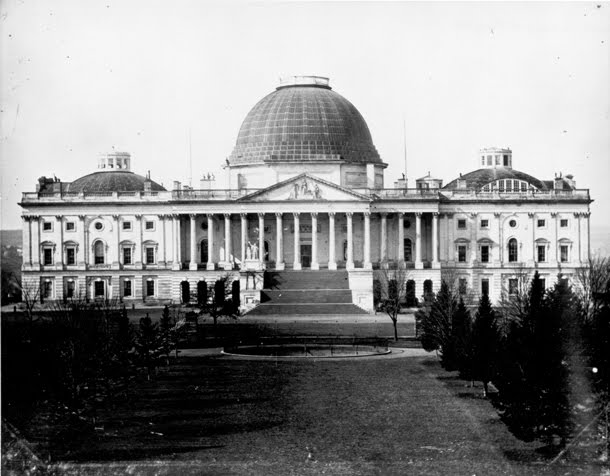












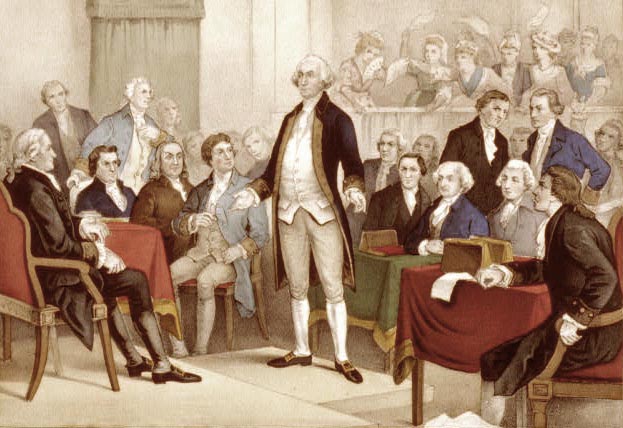

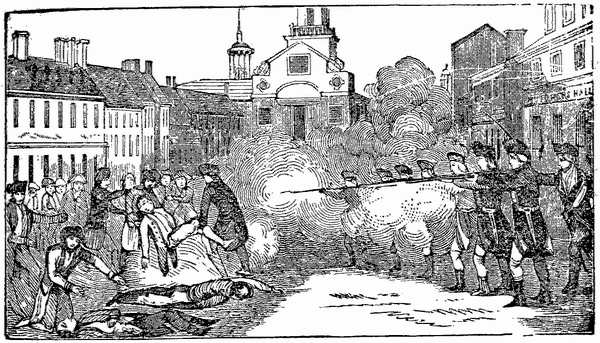

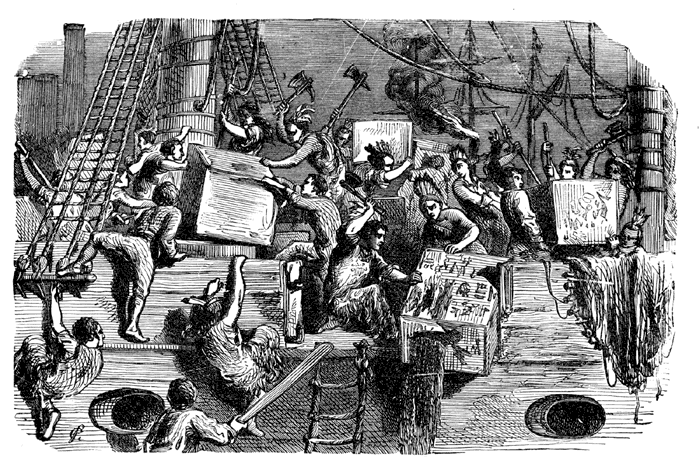




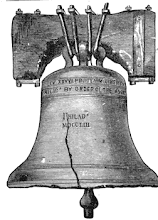




No comments:
Post a Comment